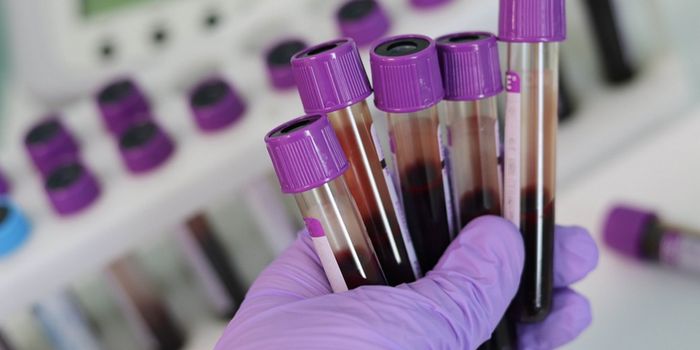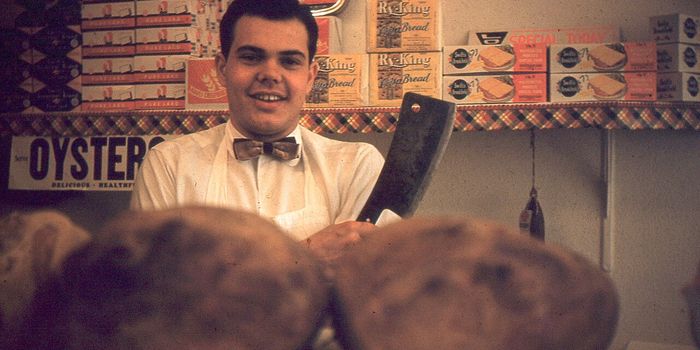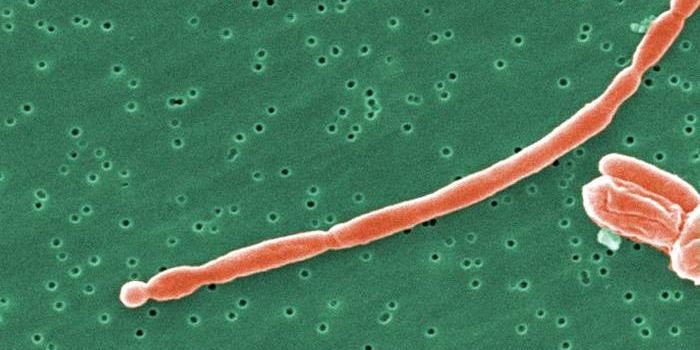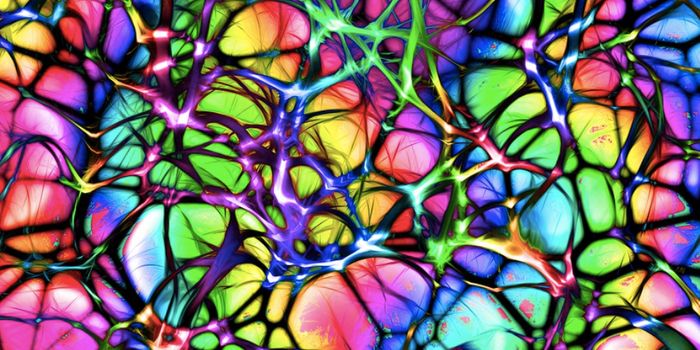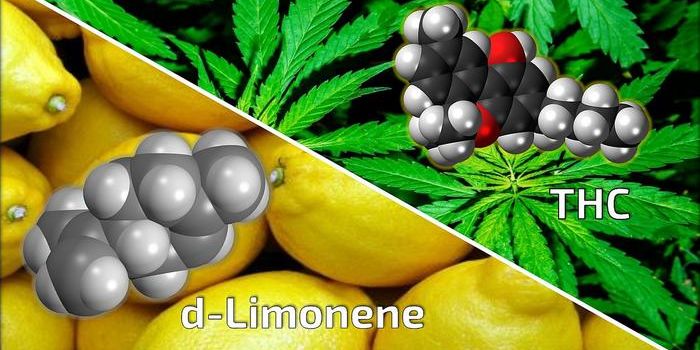Seeing Memories Form at the Molecular Level
It happens at a microscopic level, but learning and processing memories impacts the structure of neurons on the brain. Important synapses in the brain get stronger, ones that are not as necessary get weaker. The process is called structural plasticity and it’s vital to learning as well as retaining memories. New research from scientists In Ryohei Yasuda's laboratory at the Max Planck Florida Institute for Neuroscience (MPFI) is focusing on the mechanics of individual molecules within the neurons. It’s this process that changes the structure of the neurons to accommodate new information in the brain. The most common was this happens is called Long Term Potentiation (LTP). It doesn’t just happen randomly; it’s a complex process of molecular signaling along a specific part of the neuron, the dendritic spines. Dendrites are the spindly appendages on neurons over which information in the brain is carried, and within them are spines that grow stronger each time a signal is passed through.
In the Yasuda Lab, one particular protein molecule is being investigated. Calcium/calmodulin-dependent protein kinase II (CaMKII) is not only important in the signaling process, but also in keeping the dendritic spines strong. Previous research hasn’t been able to nail down a definite time period for how long this protein needs to be active in order to result in LTP, however the researchers at the Yasuda lab have new information that could show a more definite length of time. While it’s been argued that it stays active for about an hour, the work at the MPFI suggests it’s only active for about a minute.
The key to getting this information has been the use of optogenetics. Molecules can be effectively manipulated by using beams of light in optogenetics so that their behavior can be “seen” and recorded accurately. To this end, Dr. Myung Shin, a post-doctoral researcher in the Yasuda Lab, worked with Dr. Hideji Murakoshi, a former postdoctoral researcher in the Yasuda Lab and now an associate professor at the National Institute for Physiological Sciences to create a light activated CaMKII inhibitor, or photoactivatable autocamtide inhibitory peptide 2 (paAIP2). By using this inhibitor, and controlling it via the biosensors they came up with, the window of time that is needed for CAMKII activity to produce a strong connection can be measured precisely rather than simply estimated.
Their results showed that CaMKII activation persists for approximately 1 minute. They did this by first inhibiting CaMKII for approximately 1 minute, and that in turn limited spine growth and synapse strength during LTP. However, when inhibiting CaMKII with 1 minute of delay, the neuron showed normal LTP, confirming the previous results that CaMKII activation lasts for 1 minute. The team also expanded the work into an animal model. They placed a mouse in a brightly lit cage which was then connected to a dark cage. Every time the mouse entered the dark area, it was given a small electrical shock, inducing fear learning. When they inhibited CaMKII activity in the amygdala during this training the mouse did not learn to avoide the dark room, despite the negative reinforcement. Once a mouse had learned to fear the dark, inhibiting CaMKII did not make a difference and the mouse retained the memory and knowledge of staying away from the dark area.
In a press release Dr. Shin stated that the hope is that other labs will be able to use this light-activated inhibiting process for a range of different studies. "This new tool has many potential applications in research,” she explained. Dr. Yasuda, the lab’s director also stated, "One of our potential future directions is to combine this inhibitor with signaling biosensors. Combining these approaches, we should be able to determine the temporal requirements of CaMKII activation for various downstream signaling molecules." The video below has more information on this new research.
Sources: Max Planck Florida Institute Florida LambdaRail Research and Education Network Joural Neuron via ScienceDirect
-
MAY 07, 2024Is It Anti-RNP or Anti-Sm/RNP?
- See More
-
APR 30, 2024Immuno-Oncology Virtual Event Series 2024
-
MAY 07, 20243rd International Biosecurity Virtual Symposium
-
MAY 23, 2024For the Love of Digital PCR 2024
- See More


